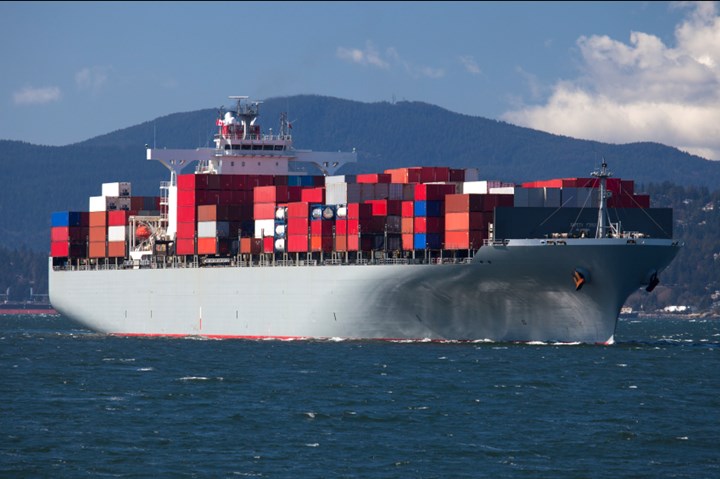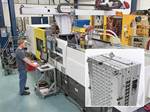Weak Links in the Supply Chain
From pandemic shutdowns to blocked shipping canals, overseas sourcing headaches are forcing many OEMs to rethink far-flung supply chains, particularly when it comes to tooling.
In March, AMT – The Association For Manufacturing Technology reported that January 2021 U.S. manufacturing technology orders had grown year over year for the third straight month—a situation not experienced since late 2018. In a release, Douglas K. Woods, AMT’s president called out the mold and die sector, noting that after a nearly two-year decline in monthly orders, the industry had been increasing capacity steadily since May 2020, “reflecting the supply chain shifts to domestic producers.”
“We expect that additional actions to reduce supply chain risks will maintain investment in this sector through 2021,” Woods said, “and perhaps even be accelerated with President Biden’s executive orders to have agencies evaluate supply chains critical to manufacturing capacity.”
Rob Irwin, director new business development for NyproMold Inc. (Clinton, Mass.) can speak to that shift to domestic producers because his company saw it first hand in 2020. “Companies that would not normally have been customers of ours, because they would be looking for, ‘How do I get my tool built in Asia,’ would be calling us looking for tools,” Irwin said.
Irwin also saw a shift with its familiar customer base as they reconsidered the complexity of their supplier networks. “One of the big things that I noticed was our regular customers where they would have a mix of tooling that would go to Asia, Europe, and the U.S., depending on how they did it,” Irwin said, “the pandemic interruptions caused them to rethink what they were doing, as far as risk mitigation and global tooling programs.”
Irwin and others are watching the situation going forward, with the eventual outcome not 100% certain but the fact of an ongoing reassessment being very real. “There was always this this idea that, ‘I can go to China, and I can get it faster, and I can get it cheaper,’” Irwin says. “‘I may have to compromise a little bit on quality, but but I can find a way to deal with that or mitigate that.’ And now the question was, ‘Well, yeah, but what does an interruption in your supply chain look like?’ That was a very theoretical discussion before, and now it has become a very tangible discussion.”

Count far-flung supply chains as being among the business areas getting reassessed after the pandemic.
Related Content
-
Why Shoulder Bolts Are Too Important to Ignore (Part 1)
These humble but essential fasteners used in injection molds are known by various names and used for a number of purposes.
-
Tunnel Gates for Mold Designers, Part 1
Of all the gate types, tunnel gates are the most misunderstood. Here’s what you need to know to choose the best design for your application.
-
Back to Basics on Mold Venting (Part 1)
Here’s what you need to know to improve the quality of your parts and to protect your molds.















